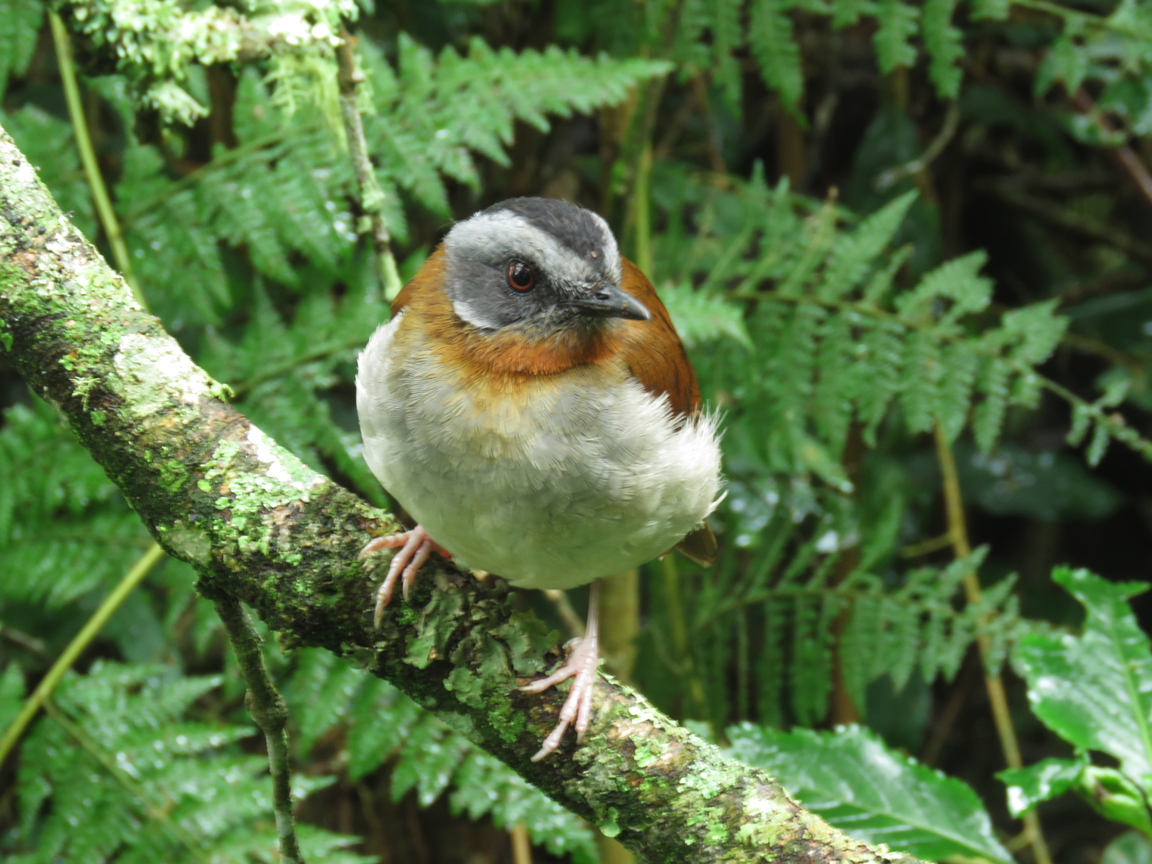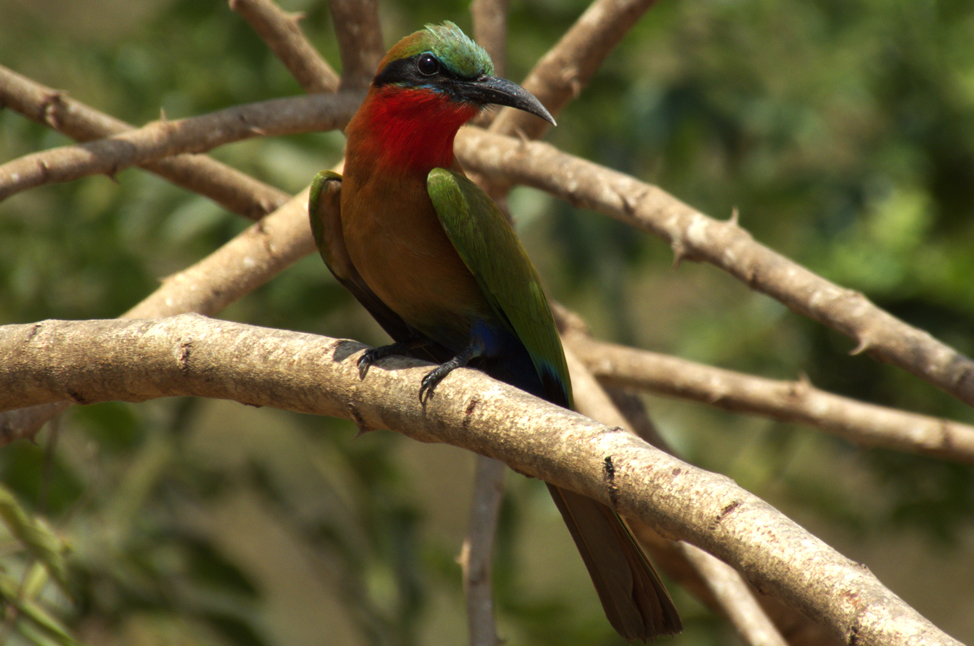ALL A-TWITTER WITH THESE AFRICAN BIRDING EXPERIENCES
While many travellers head to Africa in search of the furry and fearsome Big Five, a growing number of visitors are arriving with their binoculars trained on something altogether smaller. For avid twitchers, Africa boasts some of the best birdwatching on the planet.
Realising that ticking every one of the world’s 11,000 species off their list is beyond their reach, “a lot of birders are now focussing on seeing every single bird family in the world,” explains Adam Riley from Rockjumper Birding Tours, who says that of the 240 bird families found worldwide “Africa has about a dozen bird families that occur nowhere else.”
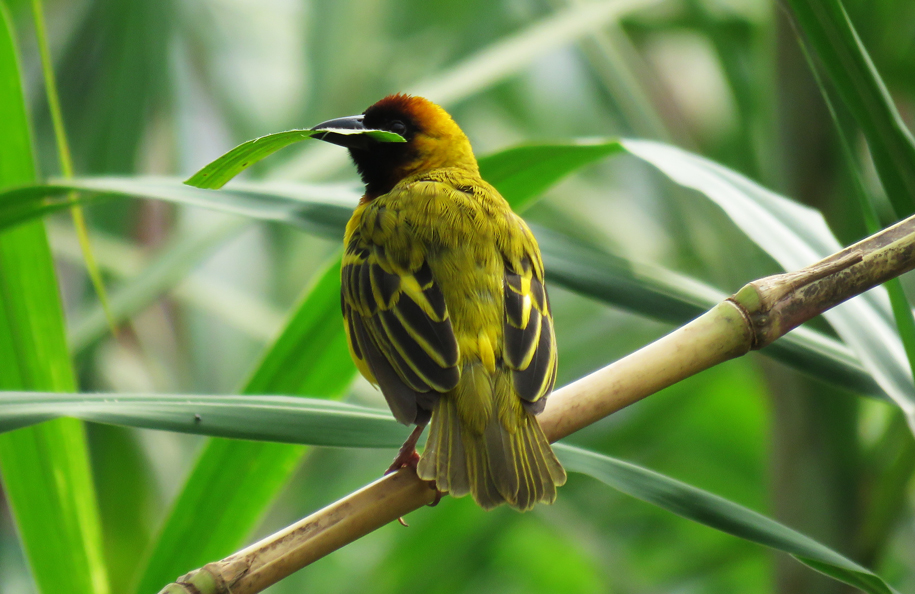
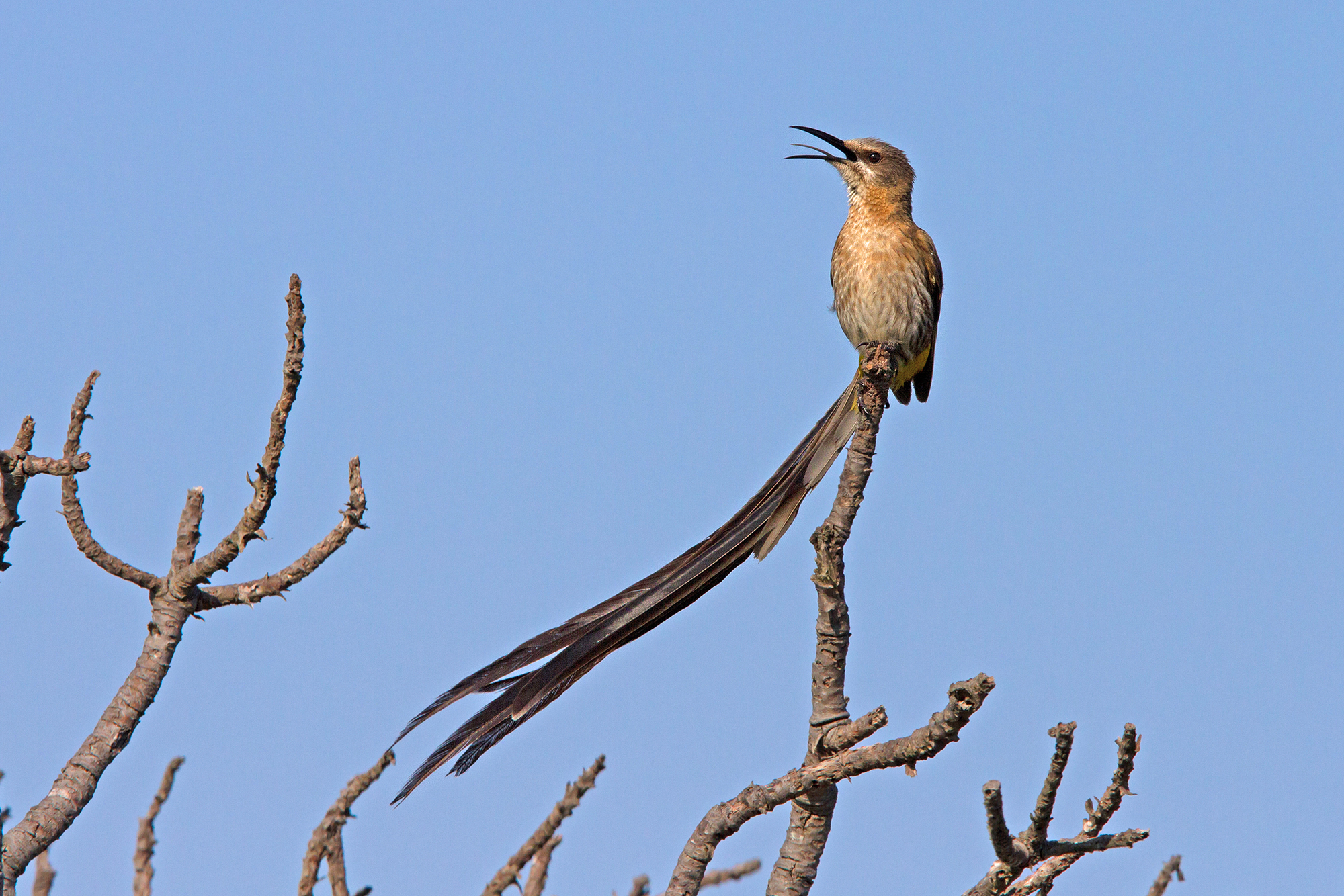
While the combination of superb birding and developed infrastructure sees South Africa and East Africa claim most of the continent’s twitching tourists, adventurous travellers are also beginning to venture further afield. “Rwanda is becoming very popular now. It is a small country with a lot of diversity,” says Riley. “It is really good for gorilla viewing, but also has excellent birds [and] many of them are endemic to what is known as the Albertine Rift Valley.”
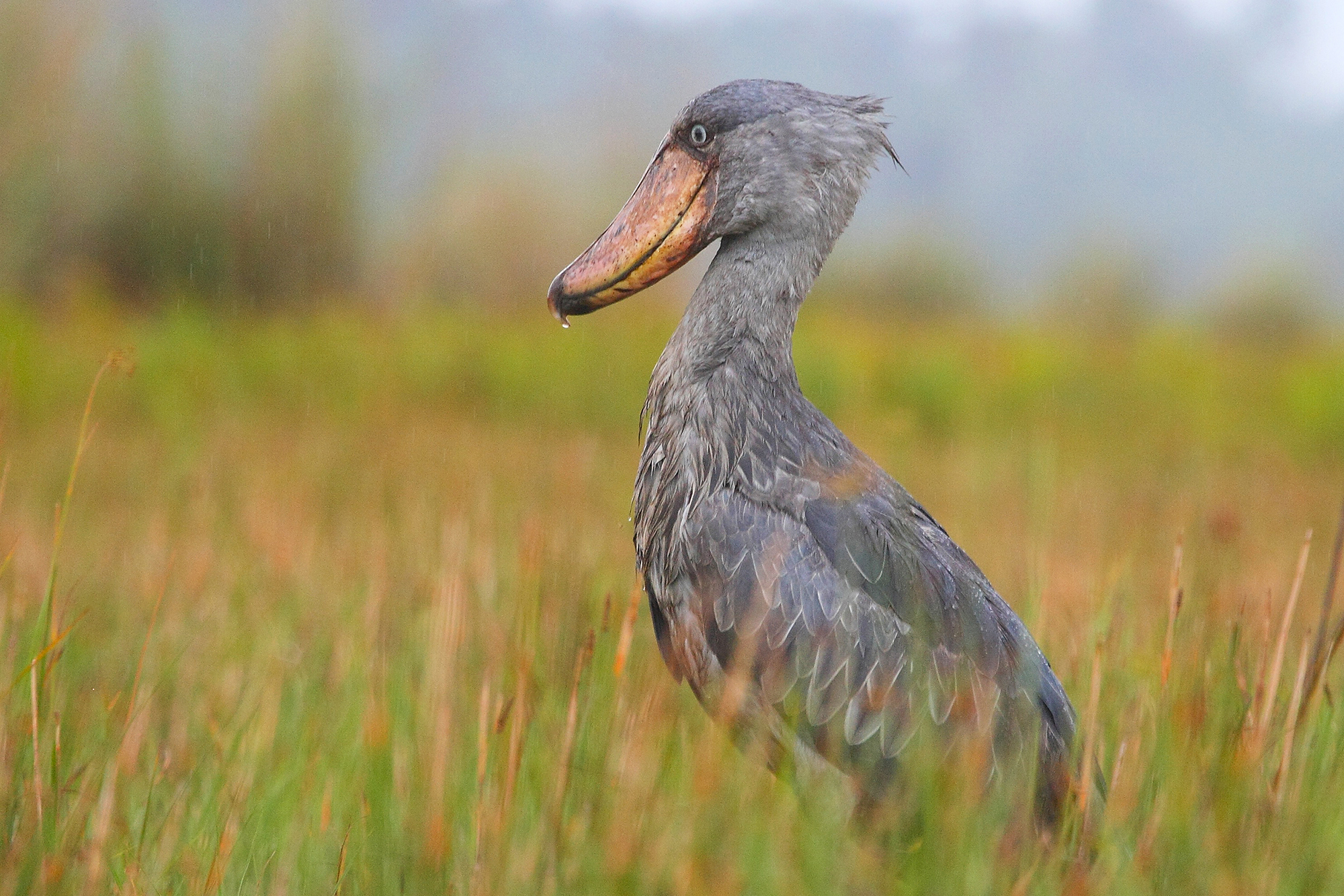
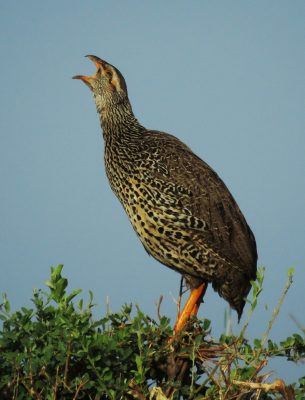
Morocco is also growing in popularity, offering up a range of species endemic to the Atlas Mountains and Sahara Desert. Winter in the northern hemisphere is the best time to visit, thanks to the mild temperatures and added bonus of sighting over-wintering European migrants.
Choosing the right combination of destination and season is critical for a twitching safari. South Africa’s best birding is between October and March, with local species in breeding plumage and European and African migrants swelling the ranks of feathered subjects. The Western Cape region, in particular, boasts high degrees of endemism (species found nowhere else), and offers with the opportunity for pelagic birding on daylong boat trips south of Cape Point.
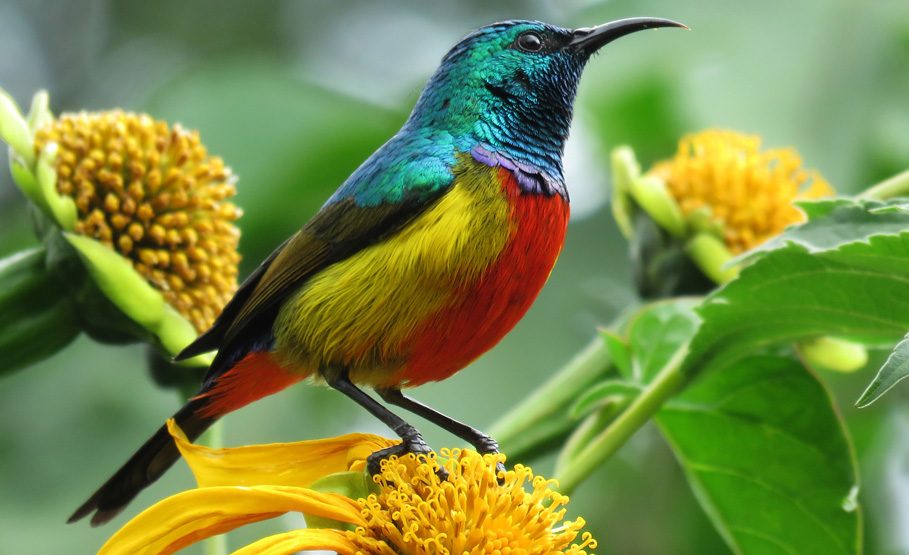
Many birders visit Africa with plans to do little more than stare down the barrel of their binoculars, but local operators cater for casual, enthusiastic and obsessive twitchers. “Most of the tours we offer are for the keen, but not too fanatical birder,” says Riley from Rockjumper Birding Tours. “Then we also offer a wide range of tours that appeal to soft-core birders who also want to spend a lot of their time and focus looking at wildlife or flowers or enjoying wine.”
